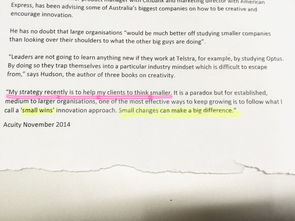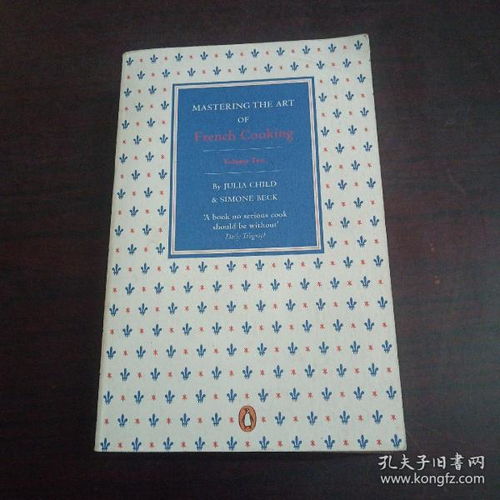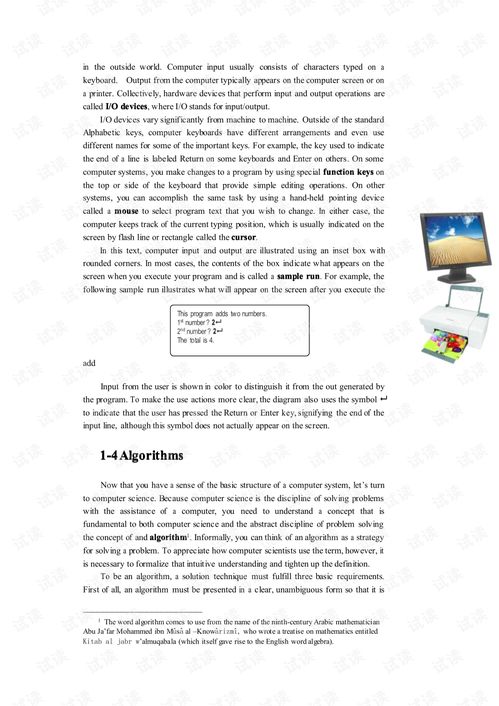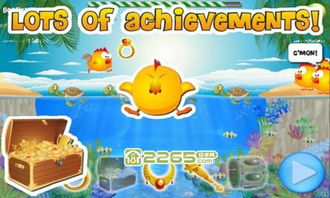本文目录导读:
"Mastering the Art of Fishing: Effective Tips and Techniques for Writing a Compelling Fishing Guide"
English Article Content:
Fishing, an age-old pastime, has captivated anglers across the globe with its serene beauty and the thrill of the catch. Whether you're a seasoned fisherman or a beginner, the ability to write a compelling fishing guide can be a valuable skill. A well-crafted guide can inspire others to take up the sport, provide valuable tips for experienced anglers, and serve as a personal testament to your fishing adventures. Here, we delve into the art of writing a fishing guide, focusing on key techniques and tips to make your guide stand out.
Start with a Strong Introduction
Your introduction should capture the reader's attention and provide a clear overview of what the guide will cover. Begin with a captivating anecdote or a personal story about your first fishing experience. This sets the tone for the rest of the guide and engages the reader on a personal level.
"Remember the first time I cast my line into the tranquil waters of the lake? The sun dipped below the horizon, casting a golden hue over the water, and I felt a surge of excitement. Little did I know, this was just the beginning of a lifelong love affair with fishing."
Define Your Target Audience
Know who your audience is and tailor your content accordingly. Are you writing for beginners looking to learn the basics, or are you targeting seasoned anglers seeking advanced techniques? This will determine the level of detail and complexity in your guide.
"For beginners, it's essential to start with the fundamentals. For those who have already mastered the basics, we'll delve into more advanced strategies and tackle types."

Structure Your Guide Logically
A well-structured guide is easier to follow and understand. Organize your content into clear sections, each focusing on a specific aspect of fishing. Use headings and subheadings to break up the text and make it more readable.
The Basics of Fishing
Choosing the Right Equipment
- Types of rods and reels
- Choosing the right line
- Tackle box essentials
Learning the Basics
- Casting techniques
- Knot tying
- Fish identification
Advanced Techniques
Bait Selection
- Live bait vs. artificial lures
- Effective baits for different species
Fishing Techniques
- Bottom fishing
- Topwater fishing
- Fly fishing
Weather and Conditions
- Reading the weather
- Understanding water conditions
Provide Detailed Instructions
When explaining techniques, be as detailed as possible. Use clear, concise language and include step-by-step instructions. Include photographs or diagrams to illustrate key points.
"To tie a Palomar Knot, start by making a loop in your line. Pass the tag end through the loop, then through the eye of the hook. Pull both ends of the line to tighten the knot. Finally, clip the tag end close to the knot to secure it."
Share Personal Experiences and Tips
Incorporate personal stories and insights to make your guide more relatable. Share tips you've learned over the years and any lessons you've picked up along the way.
"One tip I've learned is to always keep an eye on the water. The slightest movement can indicate a fish is nearby. Patience is key in fishing; sometimes, the best catches come from waiting quietly."
Include Safety Precautions
Safety should always be a priority. Include essential safety tips to ensure your readers stay safe on the water.
"Always wear a life jacket when fishing from a boat. Be aware of your surroundings and the weather conditions. Stay hydrated and take breaks to avoid fatigue."
Encourage Reader Interaction
End your guide with a call to action, inviting readers to share their experiences or ask questions. This can foster a community around your guide and provide valuable feedback.
"We'd love to hear about your own fishing adventures. Share your stories or ask questions in the comments below. Happy fishing!"
Proofread and Edit
Before publishing your guide, take the time to proofread and edit your content. Ensure there are no grammatical errors, and that the information is accurate and easy to understand.
By following these tips and techniques, you can create a comprehensive and engaging fishing guide that will appeal to anglers of all levels. Remember, the key to a great guide is not just the information you provide, but the passion and enthusiasm you convey for the sport of fishing. Happy writing and happy fishing!












